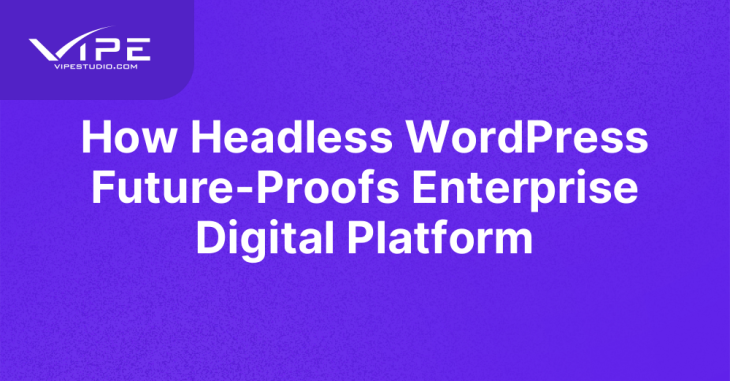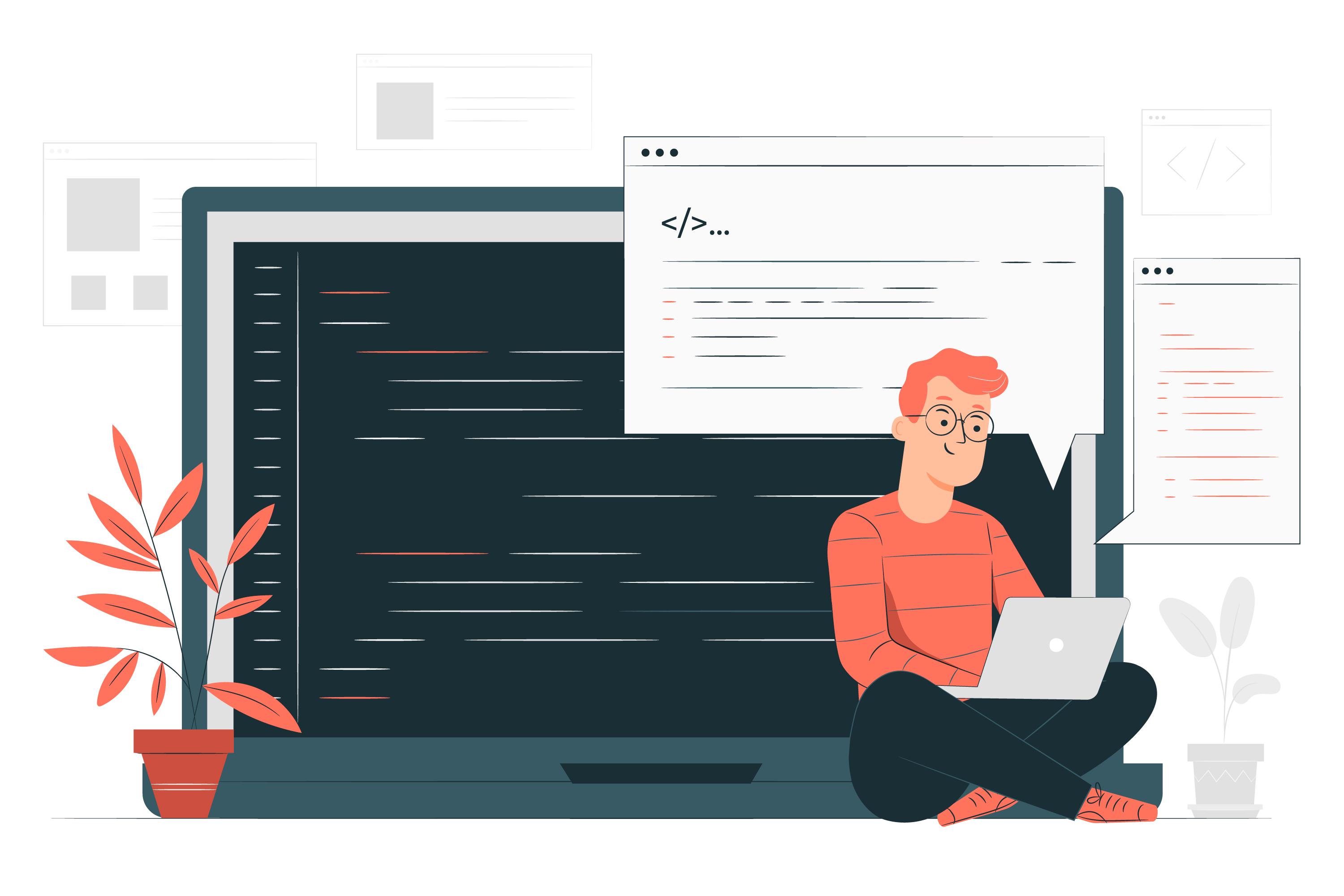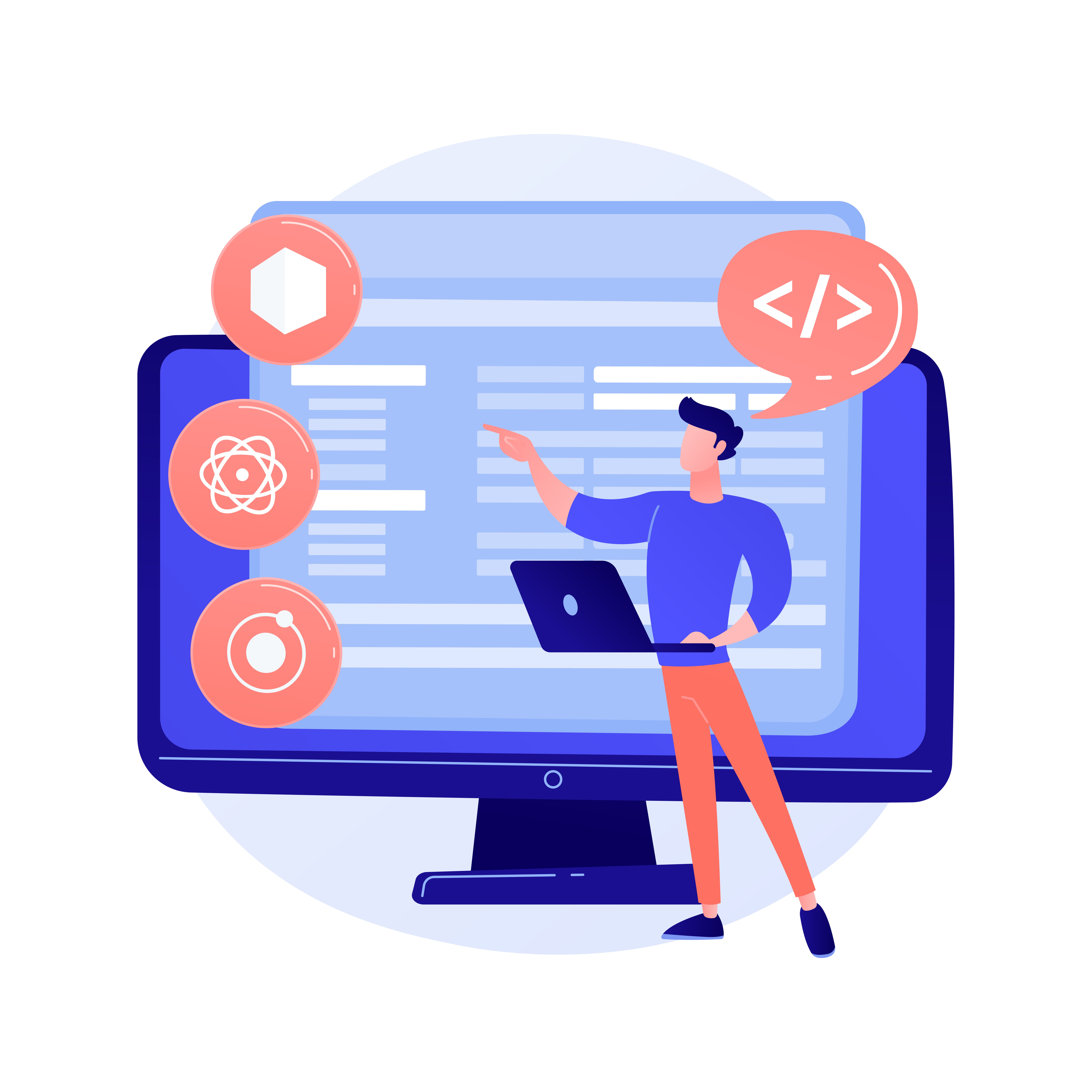How Headless WordPress Future-Proofs Enterprise Digital Platform

READING TIME: MIN
In today’s fast-moving digital environment, enterprises must ensure that their online platforms are scalable, adaptable, and ready to integrate with new technologies. Headless WordPress has emerged as a leading solution for organizations that want to future-proof their digital presence while maintaining flexibility across multiple channels and devices. By separating the content management backend from the frontend presentation layer, Headless WordPress offers unmatched adaptability for enterprise businesses.
What Makes Headless WordPress Different From Traditional CMS Architecture
In a traditional WordPress setup, the CMS handles both the content and the presentation layer. This monolithic approach limits flexibility, especially when enterprises want to deliver content across multiple platforms like mobile apps, digital signage, IoT devices, and progressive web apps.
Headless WordPress decouples the backend and frontend. The backend remains the familiar WordPress CMS that manages content, while the frontend is built using modern frameworks like Next.js, React, or Vue.js. Content is delivered through APIs, typically the WordPress REST API or GraphQL, allowing seamless integration across numerous digital touchpoints.

Why Enterprises Are Adopting Headless WordPress for Scalability
For enterprise organizations managing complex digital ecosystems, Headless WordPress provides critical benefits:
- Omnichannel content distribution: Serve content consistently across web, mobile, wearables, and emerging platforms.
- Faster development cycles: Frontend teams can innovate independently of backend teams, accelerating time to market.
- Enhanced performance: Static site generation with frameworks like Next.js leads to lightning-fast load times and superior user experience.
- Future technology compatibility: New frontend technologies can be adopted without disrupting the CMS infrastructure.
At Vipe Studio, we frequently work with enterprise clients to architect custom Headless WordPress solutions that support their evolving digital strategies and business objectives.
Improving Security and Compliance with Headless WordPress
Security is a top priority for enterprises, especially those operating in regulated industries. Headless WordPress improves security by isolating the content management system from public-facing frontends. Since WordPress admin interfaces are not exposed to end users, the attack surface is significantly reduced.

Enterprises can also implement additional security layers such as:
- API authentication and authorization protocols
- Web Application Firewalls (WAF)
- Separate hosting environments for backend and frontend systems
- Strict access controls and audit logging for CMS users
Optimizing Performance and SEO With Modern Frontend Frameworks
One common misconception is that Headless WordPress sacrifices SEO benefits. In reality, modern frontend frameworks like Next.js offer server-side rendering (SSR) and static site generation (SSG), ensuring fully crawlable pages that load extremely fast. This leads to:
- Improved Core Web Vitals scores
- Higher search rankings
- Better user engagement and reduced bounce rates
- Faster global delivery via CDN integration
With the right architecture, Headless WordPress allows enterprises to achieve both cutting-edge performance and strong SEO results.

Enterprise Use Cases Where Headless WordPress Excels
Headless WordPress is particularly well-suited for enterprises that require:
- Multi-brand and multi-language platforms
- Integration with complex CRM, ERP, and marketing automation systems
- Flexible design systems and rapid UI/UX prototyping
- Highly interactive web applications powered by JavaScript frameworks
By decoupling the backend from the frontend, enterprises gain the freedom to innovate without sacrificing stability or scalability.
How Enterprises Can Successfully Transition to Headless WordPress
While Headless WordPress offers many advantages, transitioning requires careful planning and expert development. Key steps include:

- Auditing existing content structures and data models
- Designing API endpoints for frontend integration
- Selecting the appropriate frontend technology stack
- Implementing robust API security and monitoring solutions
- Training content teams on updated publishing workflows
At Vipe Studio, we specialize in guiding enterprise clients through every stage of adopting Headless WordPress, from initial consultation to full implementation. If you’re ready to future-proof your digital platform, contact us here to start planning your headless architecture.

